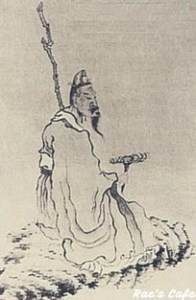Why drinking coffee every day is good for your health.
Here at Rae’s Cafe, we can come up with countless reasons to drink coffee —namely because we have endless coffee products that are a great addition to any active lifestyle. But there are reasons beyond mere enjoyment and flavor, as many different studies are constantly showing. Here are five great reasons that adding a cup of coffee to your day is not only a pleasure, it’s good for you!
- Coffee is a great source of antioxidants!
According to a 2005 study, Americans get more of their antioxidants from coffee than from any other dietary source — nothing else even comes close. The study also found that while many fruits and vegetables are high in antioxidants, the human body seems to most readily absorb those found in coffee. Antioxidants are substances that help prevent the damaging effects of oxidation on cells throughout the body — so they are always a good thing!
- One sniff = less stress
In addition to helping people to wake up each morning, simply the smell of coffee has been found to make people feel less stressed! Researchers at the Seoul National University examined the brains of rats who were stressed with sleep deprivation, and found that the rats that were exposed to coffee aroma experienced changes in the brain proteins tied to that stress. So next time you’ve had a sleepless night, a cup of coffee is definitely the answer!
- Coffee can help protect the liver
A 2006 study (which included 125,000 people over 22 years) found that people who drink at least one cup of coffee a day are 20% less likely to develop cirrhosis of the liver (an autoimmune disease caused by excessive alcohol consumption that could lead to liver failure and cancer). Similar studies have also shown that coffee can help prevent people from developing non-alcoholic fatty liver disease (NAFLD). So whether you are a whiskey connoisseur or a teetotaler, coffee can help protect your liver.
- Coffee can help make you happier!
A National Institute of Health study revealed that people who drink four or more cups of coffee per day were about 10% less likely to be depressed than those who had never touched the stuff. The study author, Honglei Chen, MD, PhD, stated that the reason coffee makes you feel good is thought to be because of those trusty antioxidants.
- Coffee could help protect you from skin cancer.
A study at the Brigham and Women’s Hospital and Harvard Medical School (which followed 112,897 men and women over a 20-year period) found that women who drink three or more cups of coffee a day are much less likely to develop skin cancer than those who don’t.
source/s:
http://www.rachelorsie.organogold.com/blog
http://www.huffingtonpost.com/2013/10/17/coffee-health-benefits_n_4102133.html























